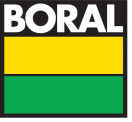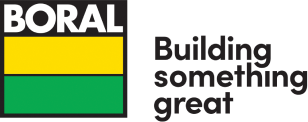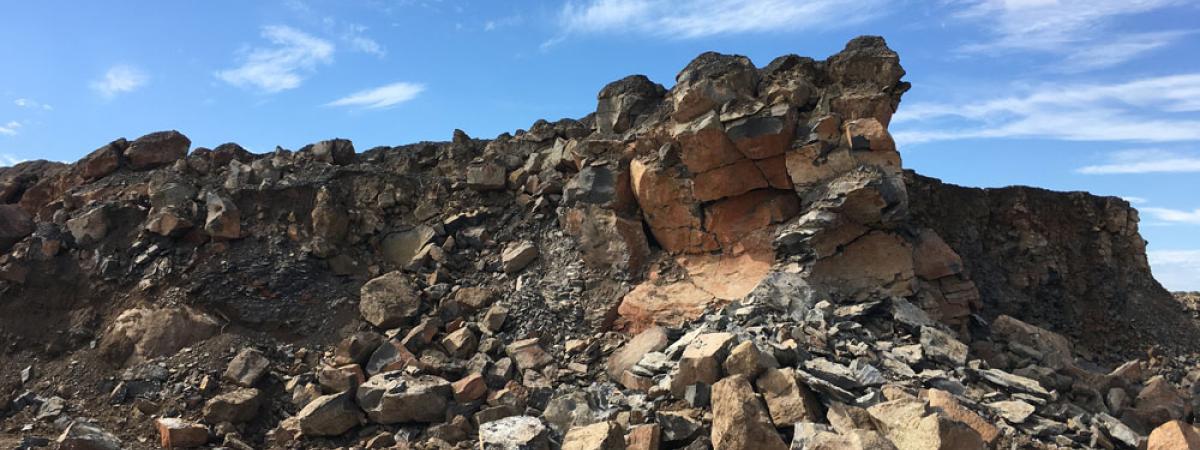The safety of our people – our employees and contractors – is always our number one priority and part of our Zero Harm safety goal.
Our Dust Management Framework
We take very seriously our commitments and responsibilities to manage dust across all our sites.
We strive to lead the way through a comprehensive dust management framework informed by our ongoing work with specialists and regulators so that we use modern management practices and dust control technologies to keep our people safe and healthy while at work. At Boral, our dust management framework and its application across our business is overseen by a steering committee that comprises key members of our Executive team along with functional leads.
Our framework encompasses governance, prevention measures including engineering controls, people and administrative controls, protection and monitoring, reporting and the development of a growing suite of tools to enable and protect our people.
Like many in our industry and related industries, monitoring of respirable dust (RD) and respirable crystalline silica (RCS) is an established practice that has been in place for many years. This includes occupational hygiene monitoring and personal health surveillance.
We undertake static dust monitoring, personal exposure monitoring as well as regular environmental (boundary) monitoring at relevant sites.
Static dust monitoring and personal exposure monitoring help us to better understand where potential risks to our people exist and if additional measures are required.
Health surveillance includes respiratory function tests and chest x-rays by a specialist radiologist accredited in occupational lung health.
Our employees who are required to use respirators for controlling their exposure below the workplace exposure standard (WES) for airborne contaminants are included in our hygiene monitoring and health surveillance.
Under current regulations, health surveillance must be conducted at least every five years. At Boral, our current minimum standard is to conduct health surveillance for dust of relevant employees every three years.
Environmental or community (fugitive) dust
All of Boral’s sites are required to meet their regulatory requirements with regards to fugitive (visible) dust.
This includes monitoring and reporting applicable air quality data to relevant state-based regulatory authorities.
We continue to monitor and review our dust management approach and work collaboratively with regulators, government and the community to make sure our controls meet and, where possible, exceed required standards to safeguard the health and safety of our people.


